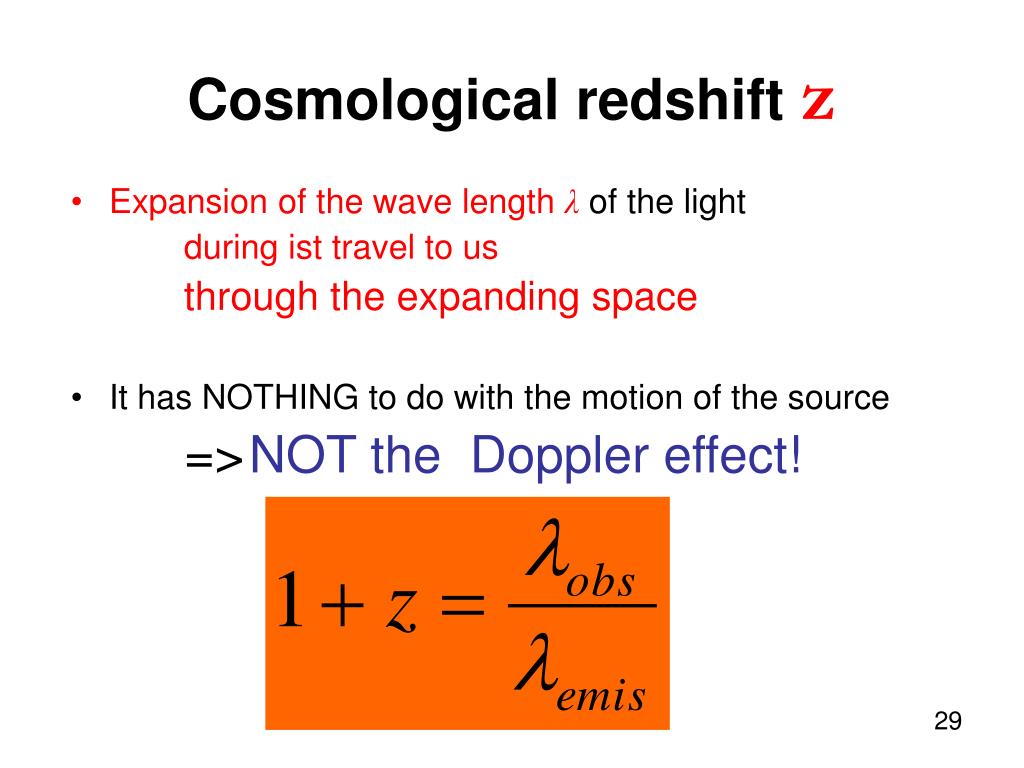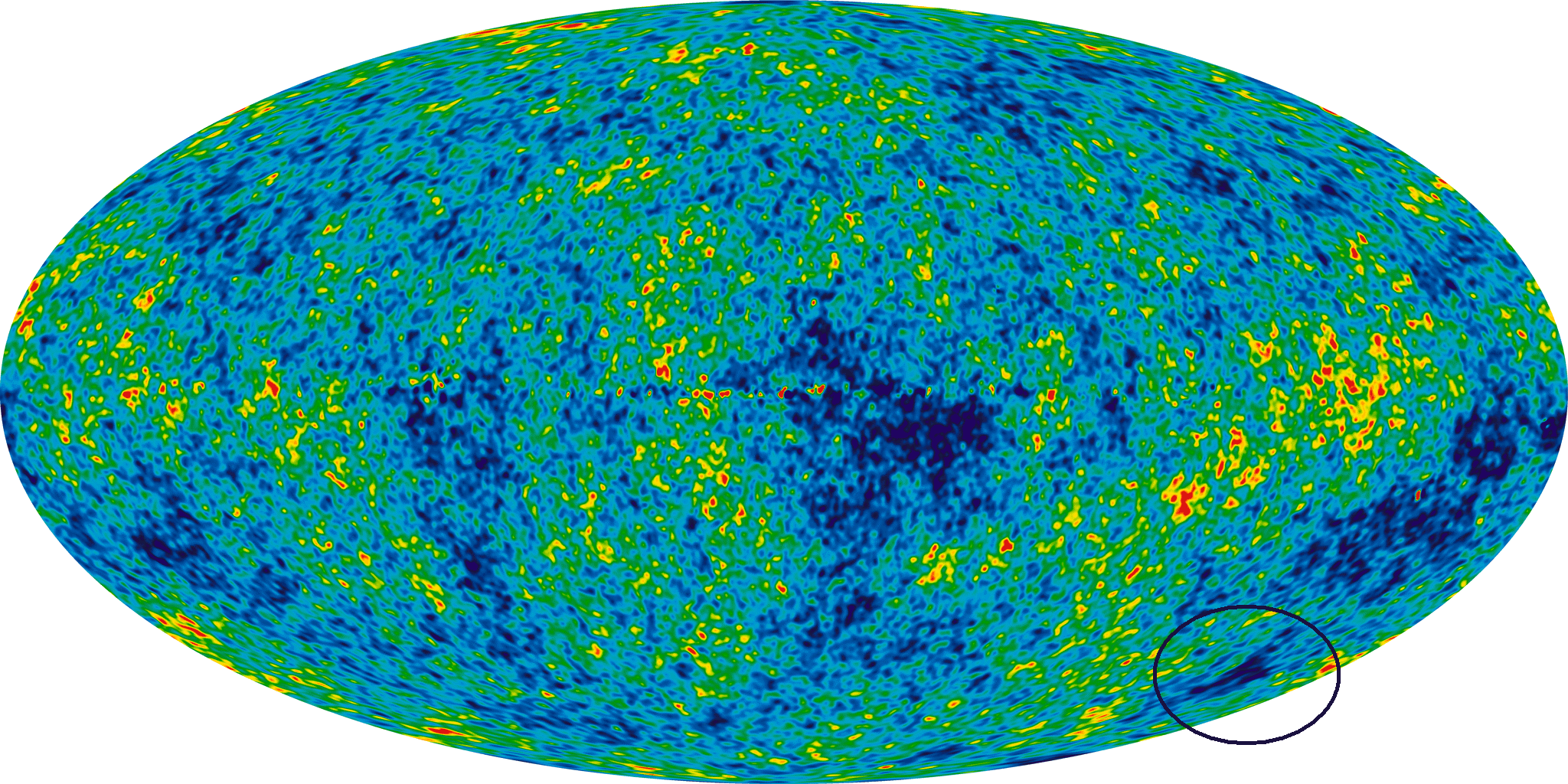

Light behaves like a wave, so light from a luminous object undergoes a Doppler-like shift if the source is moving relative to us. The effect arises because the sound waves arrive at the listener’s ear closer together as the source approaches, and further apart as it recedes. Schorsch) CC BY-SA 3.0Įveryone has heard the increased pitch of an approaching police siren and the sharp decrease in pitch as the siren passes by and recedes. Wavelength increases up towards the red and beyond (frequency decreases). If the two are approaching, then the frequency heard by the observer is higher if they move away from each other, the frequency heard is lower.Ībsorption lines in the visible spectrum of a supercluster of distant galaxies (right), as compared to absorption lines in the visible spectrum of the Sun (left). This effect is called the ‘Doppler effect’ after Christian Andreas Doppler, an Austrian mathematician who discovered that the frequency of sound waves changes if the source of sound and the observer are moving relative to each other. Something similar happens to sound waves when a source of sound moves relative to an observer. The term can be understood literally - the wavelength of the light is stretched, so the light is seen as ‘shifted’ towards the red part of the spectrum. ‘Redshift’ is a key concept for astronomers.

As a result, telescopes with infrared detectors are needed to see light from the first, most distant galaxies. The greater the redshift, the greater the distance the light has traveled.
#Cosmological red shift full#
(Click image to see full infographic.) The universe is expanding, and that expansion stretches light traveling through space in a phenomenon known as cosmological redshift.


 0 kommentar(er)
0 kommentar(er)
